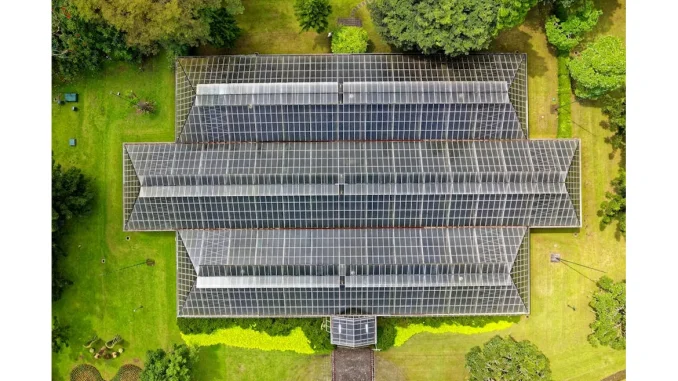
In the dynamic realm of contemporary real estate, sustainability has transcended its status as a mere trend, becoming a pivotal force in reshaping the multifamily development sector. Amidst the competitive pressures that characterise this industry, the adoption of sustainable construction practices and eco-friendly building features has emerged as a strategic differentiator. This evolution towards sustainability is not merely driven by environmental considerations; it serves as a powerful mechanism for enhancing brand reputation, fostering valuable partnerships, and securing a competitive edge.
The global momentum towards a sustainable future has compelled multifamily developers to adopt sustainability as a fundamental value. This commitment not only aligns with broader environmental objectives but also addresses the growing demands of tenants who prioritise eco-friendly living environments. Recent research indicates that over half of renters view sustainability as a crucial factor when selecting a home, irrespective of their income levels or demographic profiles. Consequently, features such as energy-efficient lighting, state-of-the-art appliances, and comprehensive recycling programmes have become essential components influencing tenant decisions within the rental market.
Nonetheless, the journey towards sustainability is laden with challenges. Developers must navigate a multifaceted landscape that encompasses gathering data on wellness performance, adhering to disclosure mandates, and mitigating concerns about equipment failures and the long-term impacts of sustainability investments. Overcoming these hurdles necessitates innovative solutions and strategic foresight to successfully achieve sustainability objectives.
Legislation plays an instrumental role in shaping sustainability efforts within the multifamily sector. For instance, California’s forthcoming climate emissions disclosure law, slated for implementation in 2026, highlights the increasing importance of transparency and accountability. Such regulations compel developers to align their projects with rigorous sustainability standards, thereby propelling the industry towards a more environmentally responsible future.
A notable challenge confronting developers is the transition towards electrifying buildings traditionally reliant on natural gas. States advocating for electrification present risks such as penalties for non-compliance and the financial burdens associated with fuel transitions. These complexities add layers of difficulty to the adoption of more sustainable energy sources. In response, developers are increasingly exploring innovative solutions that advance sustainability efforts without necessitating substantial capital investment. Incentives such as tax breaks and regulatory mandates play a crucial role in encouraging sustainable practices within multifamily properties. Furthermore, energy-efficient strategies, such as the installation of EV charging stations and the implementation of solar power agreements, are gaining prominence, thereby fostering a more sustainable living environment.
Ambitious targets set by states like Maryland to achieve net-zero buildings by 2040 through energy savings benchmarks underscore the importance of aligning property development decisions with evolving regulations to remain competitive in the industry. This governmental commitment to sustainability serves as a critical driver for developers, emphasising the necessity of integrating sustainable practices into their projects.
Financial considerations are also paramount in sustainability initiatives. Higher interest rates can influence the feasibility of these projects, underscoring the need for meticulous planning and foresight. Developers must remain informed about sustainability requirements and cater to tenant preferences for eco-friendly living spaces to attain a competitive advantage in the real estate market.
The integration of sustainable practices not only positions developers as leaders within an environmentally conscious industry but also contributes to a greener future for all. Balancing economic considerations with environmental stewardship is essential for achieving long-term success in the multifamily real estate sector. By embracing sustainability, developers can thrive within an increasingly eco-conscious landscape, ensuring that their projects meet the evolving demands of a conscientious market.
Sustainability has evolved from being simply a desirable feature to becoming a critical differentiator in multifamily development. The journey towards a sustainable future is complex, marked by legislative challenges, financial considerations, and the need for innovative solutions. However, the undeniable benefits of sustainable practices—enhanced brand reputation, tenant satisfaction, and a competitive edge—render this journey worthwhile. As the global community progresses towards a more sustainable future, multifamily developers who prioritise sustainability will not only lead the industry but also contribute to a better, greener world for future generations.


Be the first to comment